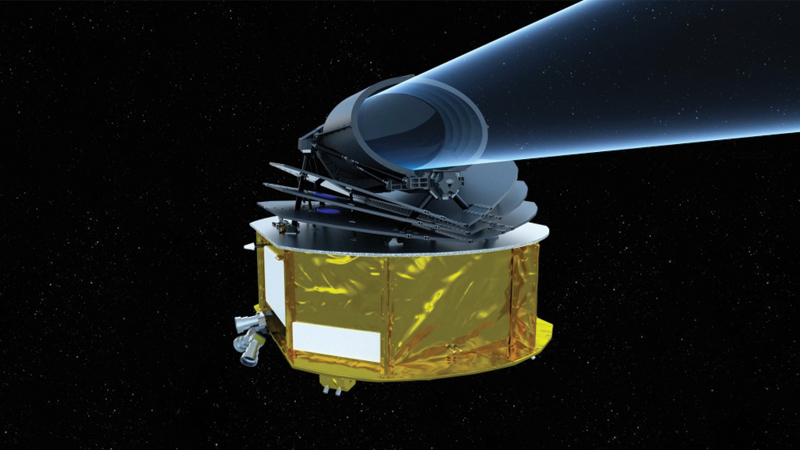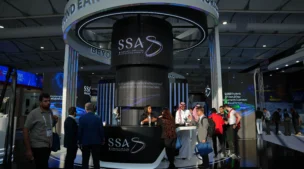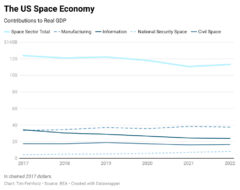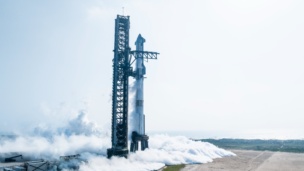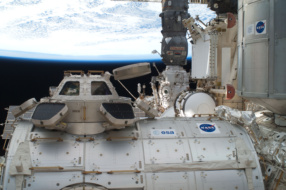The UK has announced that it has committed £30M ($36.9M) to ESA’s Ariel exoplanet telescope.
What is it? The Atmospheric Remote-sensing Infrared Exoplanet Large-survey (Ariel) telescope will be the first mission dedicated to measuring the chemical composition and atmospheric thermal properties of exoplanets. To do this, the telescope will study ~1,000 known exoplanets in visible and infrared wavelengths simultaneously over an initial four-year mission.
- Exoplanets = planets that orbit stars outside of our solar system.
- Findings could shape scientists’ understanding of how exoplanets form and how the type of host star drives the evolution of a planet.
“By investing £30 million and taking the helm of the entire Ariel consortium – the first time in a decade that we have secured leadership for a mission of this magnitude – we are putting the UK at the heart of international space research, providing new opportunities for space businesses and academics across the country,” said UK Science Minister George Freeman.
The investment will see the UK take responsibility for the delivery of Ariel’s payload module, cryogenic cooler, and optical ground support equipment, as well as data processing and science operations.
The £30M in funding for Ariel will be provided through the UK Space Agency’s National Space Science Programme. The agency has already committed £6M to support UK teams during the mission’s study phase.
Breaking down the science
Weighing in at 1,500 kg (~3,300 lbs), Ariel will boast a meter-class primary mirror utilized to collect visible and infrared light from distant star systems. This light will then be spread into a “rainbow” by an infrared spectrometer, allowing the spacecraft to extract the chemical signature of gases in a planet’s atmosphere, signatures that become embedded in starlight when a planet passes behind or in front of a star.
A photometer, a spectrometer, and the guidance system will collect data on the presence of clouds in a planet’s atmosphere and allow the spacecraft to precisely target a star while maintaining stable long-term monitoring of between 10 hours and three days per planet.
Mission history
An international consortium of nearly 50 institutes from 12 countries began work on Ariel in 2015.
- In March 2018, the ESA Science Program Committee selected Ariel from three candidate missions to be the agency’s next medium-class science mission.
- By Nov. 2020, Ariel had cleared a rigorous set of reviews to prove technical feasibility and scientific necessity. At this point, ESA member states officially adopted the mission.
- In Dec. 2021, ESA inked a deal with Airbus to design and construct the mission’s spacecraft.
The Ariel payload will be designed and built by the Ariel consortium, led by the UK and including contributions from NASA and JAXA.
Journey to the launchpad
The Ariel payload design review will be completed later this year. The design is then expected to be finalized by 2025, with a flight acceptance review completed in early 2029 ahead of the launch later that year.
Ariel is expected to launch aboard an Ariane 62, with ESA’s Comet Interceptor mission riding shotgun. Once launched, Ariel will begin its journey to its observation point at the L2 Lagrange point, one million miles from Earth (and where JWST currently resides). The Ariel consortium picked this location for its highly stable thermal environment, which is required to observe exoplanets.
